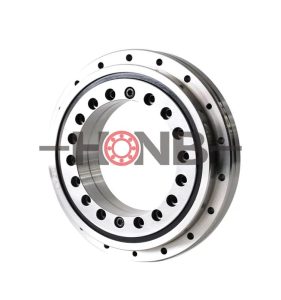Do industrial bearings need maintenance?
Author: hongyuanTime:
Bearing maintenance practices are best understood when we first consider the primary purpose of bearing maintenance practices – preventing premature bearing failure. For plant managers with large volumes of industrial equipment, the failure of these small components can have costly knock-on effects.
Three key points of bearing maintenance are explained here: handling, mounting and relubrication.
The service life of a bearing is dependent on various influencing factors including lubrication, the degree of contamination in the bearing environment, misalignment, correct mounting and operating conditions such as load, speed, temperature and vibration levels.
So, what are practical steps you can take to ensure your industrial bearings remain in good working order?
Bearings are precision components and should be handled with care. Contaminants, including moisture, dust or dirt, should be avoided as much as possible, as they can cause real problems if they get into the bearings.
Proper handling and storage methods will alleviate this to some extent. When a bearing is handled unnecessarily, for example if its wrap is removed prematurely, it can expose it to corrosion or contamination.
Second, when replacing bearings or disassembling them for cleaning, it may be tempting to use whatever tools are available; to avoid unnecessary damage, dents and wear, consider using tools designed for the bearing handling and installation process.
The correct method should also be used when mounting bearings, depending on the type of bearing and the type of fit. Applying pressure to the wrong ring during installation may result in damage to the rolling elements. Likewise, loose or tight fits, bearing seals or poor finish on round shafts or housings should also be avoided. Ultimately, if your installation method is clumsy, it may reverse the benefits of the cleaning process you did in the first place.
Finally, one of the leading causes of bearing failure is lubrication failure. This includes using the wrong lubricant, and using too much or too little lubricant. Select the correct lubricant by considering environmental conditions, temperature, speed and load. A bearing specialist will be able to advise on the proper lubrication match and can control bearing lubrication to within a few milligrams.
However, you may choose to conduct your own relubrication activities. Be careful when opening a bearing to change lubricant, as this can pose as much risk as doing nothing if done incorrectly. Before changing the lubricant, make sure all bearing surfaces are clean and dry.


We have rich experience on precision bearing manufacturing and are ranked NO.1 in China and NO.3 all over the world.
We can tailor the overall solution for the use of precision bearings.
HONB– Accountability & Innovation
Products
- YRT rotary table bearing
- YRTS rotary table bearing (high speed series)
- YRTM with integral angular measuring system series
- ZKLDF axial angular contact ball bearing series
- RA series crossed roller bearing
- SX series crossed roller bearing
- CRBH series crossed roller bearing
- RE series crossed roller bearing
- RU series crossed roller bearing
- RB series crossed roller bearing
- XR/JXR series crossed taper roller bearing
- Crossed roller bearing
Contact Us

✉️ bearing20@hyzcgroup.com
📞 +86 15236685001





